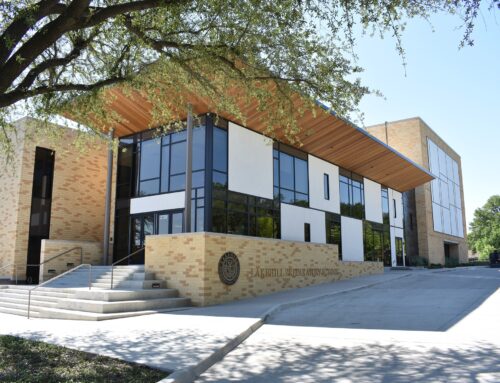It would be easy for American Indian students to become lost in the Dallas Independent School District. After all, they represent one-half of one percent of the student population.
But Woodrow Wilson High School senior Jonathan Benally stands out.
Benally, who is part of the Navaho tribe, was named the male 1994 American Indian Senior Student of the Year by the American Indian Chamber of Commerce. He received a trophy and $100 savings bond, which he plans to use for college textbooks, he says.
“So many of our Indian students don’t get recognition,” says Peggy Larney, programs specialist for DISD’s American Indian Education Program.
“This award provides more awareness of Indian student achievement.”
Last fall marked the first time the Chamber gave out the award. Benally was chosen for his humility, says Roxanne Steiner, the Chamber member who interviewed award finalists.
“He is outgoing, but modest. He seems to be very level-headed, and he has done a lot of volunteer work in the Indian community.”
“His family has faced some real hardships just so he can go to school. He has to ride the City bus because it’s the only way he can get there. Most kids would just quit, but he has made every effort to keep up his education.”
In addition to his academic work, Benally plays first chair cello in Woodrow’s orchestra and has qualified for DISD’s All-City Orchestra for the past three years. For two years, he was a peer counselor at Woodrow, helping other students talk through their problems. He also played football during his sophomore and junior years.
Benally has had to cut down on his extracurricular involvement this year, he says, because he now has a job at Kroger Food Stores. After graduation, he plans to attend the University of Texas in Arlington or Southern Methodist University.
“I got the award the day after my birthday,” Benally says. “I have no idea why. I was surprised. I didn’t think I’d get anything like this.”
The Chamber plans to present the award annually.
“The chamber wants the American Indian kids to know that as an American Indian, you can be successful,” Steiner says. “We want the kids to see that there is a lot out there for them and that they can be a positive influence in the community.”




